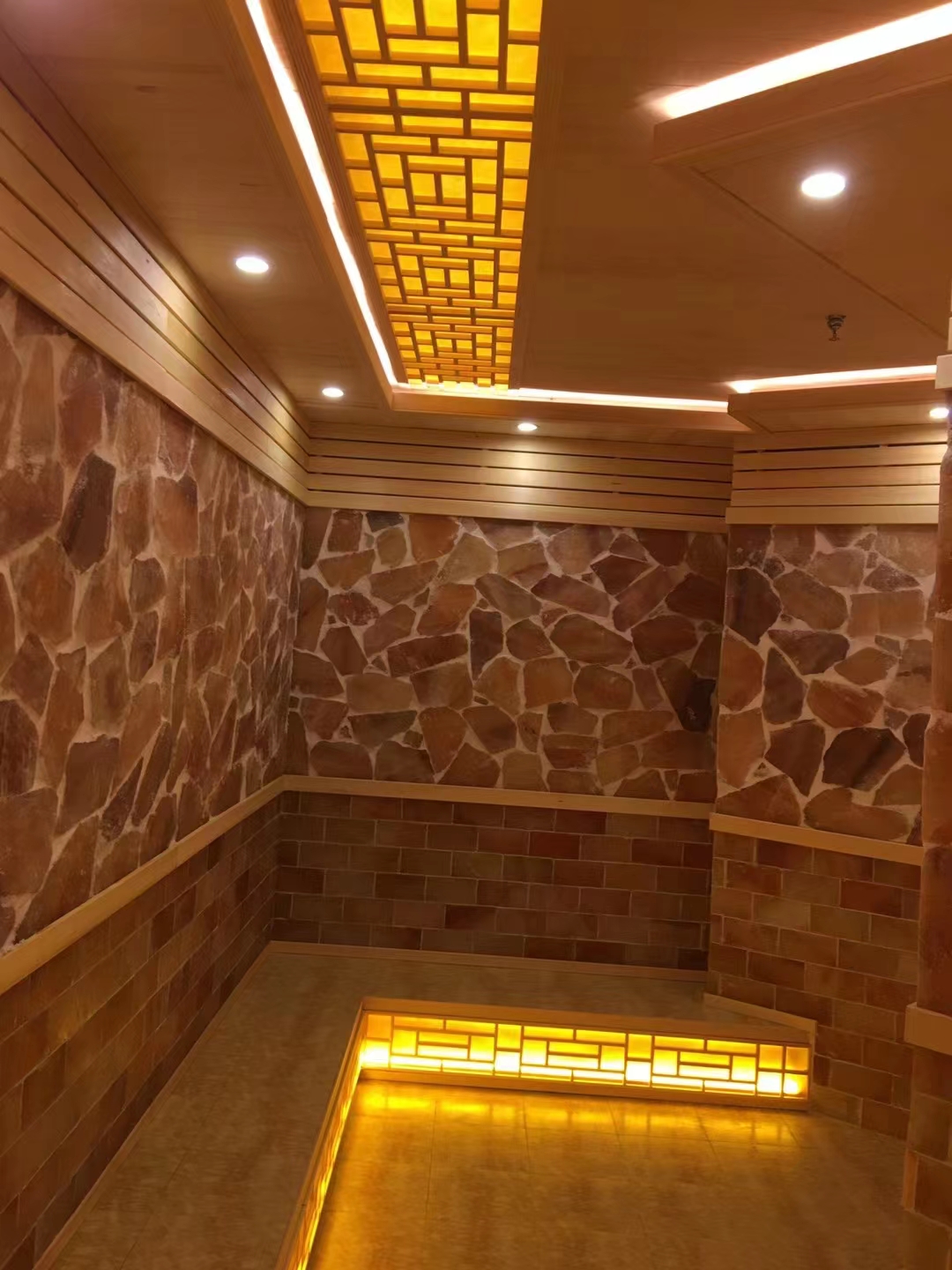
In today's fitness-conscious world, where more and more people are engaging in intense workouts, the issue of noise reduction has become increasingly important. Whether it's in a home gym, a commercial fitness center, or a shared exercise space, the noise generated during vigorous physical activities can be a nuisance and even a disturbance to others. This has led to a growing interest in sound-absorbing materials that can effectively mitigate this noise. So, are there any new sound-absorbing materials on the market that are specifically designed to reduce noise during intense workouts?
Traditional sound-absorbing materials such as acoustic foam have been used for some time in various settings to reduce noise. However, when it comes to intense workouts, they have certain limitations. Acoustic foam, for example, is effective in absorbing mid to high-frequency sounds but may not be as efficient in dealing with the low-frequency thumps and vibrations that often accompany heavy lifting, running on treadmills, or using certain types of fitness equipment. Additionally, traditional materials may not be durable enough to withstand the wear and tear of a high-intensity workout environment, where they are exposed to sweat, impact, and constant movement.
One of the emerging trends in sound-absorbing materials for workout spaces is the use of rubber-based composites. These materials are designed to have excellent vibration damping properties, which makes them particularly effective in reducing the low-frequency noise and vibrations generated during intense workouts. They can be used in the form of mats or tiles and are often more durable and resilient than traditional foam materials. For instance, rubber flooring with sound-absorbing capabilities not only helps reduce the impact noise when weights are dropped but also provides a stable and comfortable surface for exercises like yoga or bodyweight workouts.
Textile materials have also been modified and engineered to function as sound absorbers. These can be in the form of acoustic curtains or wall coverings made from special fabrics. They work by trapping sound waves within the fabric's structure and converting the sound energy into heat. In a workout setting, acoustic curtains can be used to partition off areas, reducing the spread of noise. They are also aesthetically pleasing and can add a touch of style to the gym environment. Moreover, textile-based sound absorbers are often lightweight and easy to install, making them a practical choice for both new and existing workout spaces.
The field of nanotechnology has brought about innovative solutions in sound absorption. Nanomaterials with unique properties are being incorporated into sound-absorbing composites. These materials can have a high surface area to volume ratio, which allows for more efficient interaction with sound waves. For example, nanofibers can be used to create lightweight and highly effective sound-absorbing panels. In a workout facility, these panels could be installed on the walls or ceilings to absorb the sound generated during activities. They are also potentially more environmentally friendly as they can be made from sustainable materials and manufactured using advanced, energy-efficient processes.
When considering the use of these new sound-absorbing materials in a workout space, there are several factors to take into account. Firstly, the cost of the materials is an important consideration. While some of the newer materials may offer superior performance, they may also come with a higher price tag. However, in the long run, the investment may be worth it if it leads to a more pleasant and quieter workout environment, which could attract more customers in a commercial setting or provide a better experience for home users.
Secondly, the installation process needs to be evaluated. Some materials may require professional installation, while others may be more DIY-friendly. For example, rubber mats may be relatively easy to lay down, but installing nanotechnology-enhanced panels may require more technical expertise.
Finally, the maintenance and durability of the materials should be considered. Workout spaces are subject to a lot of wear and tear, and the sound-absorbing materials need to be able to withstand the rigors of daily use. Materials that are easy to clean and maintain and have a long lifespan will be more practical and cost-effective in the long term.

